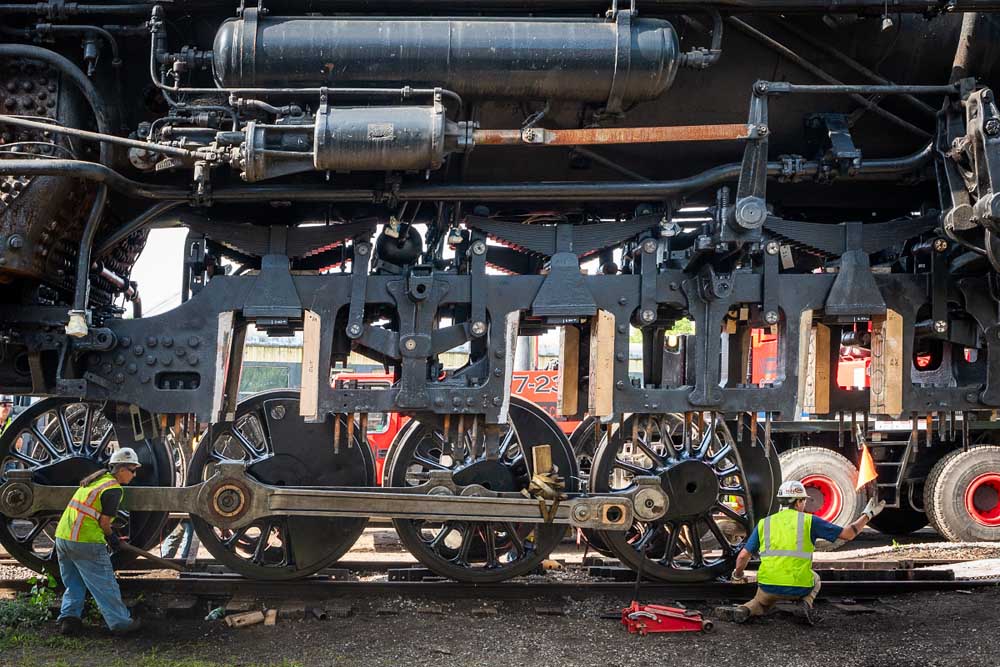
When I began writing this Mileposts blog seven years ago, I told myself to avoid saying much about my favorite steam locomotive, Pere Marquette 2-8-4 No. 1225, which I worked on in college at Michigan State. The 1225 led me to a career, and I wrote a book about it. But there are plenty […]
Read More…
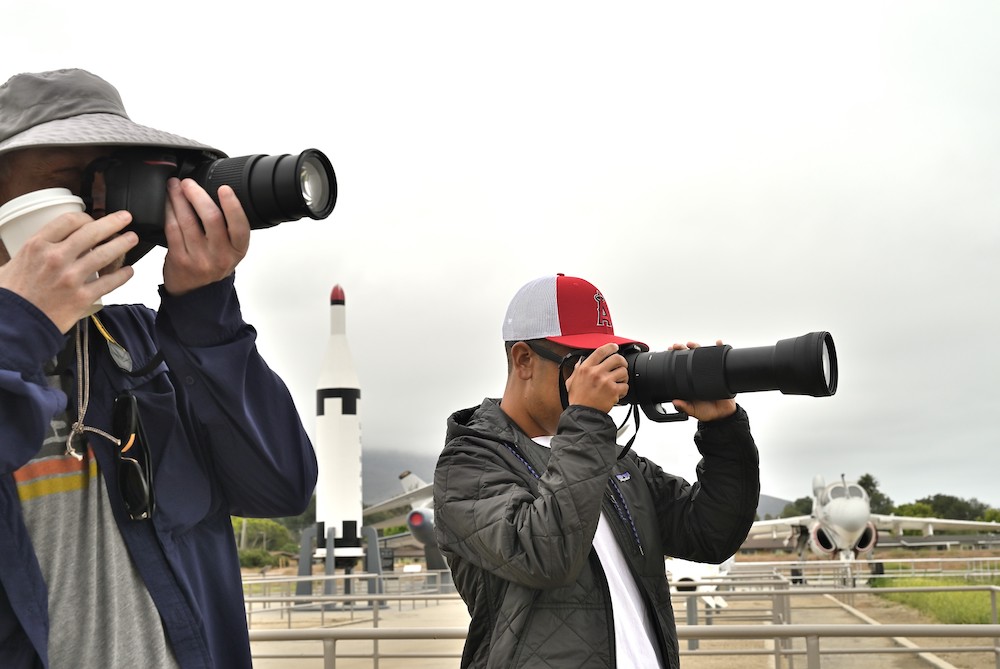
Meet the Enthusiasts We are not alone, although it sure can feel that way. Many of us have, at one time or another, may have felt we needed to explain why we like trains and railroading. If we didn’t get the “look,” it was usually “Oh, you still play with trains?” After a while you […]
Read More…

Portland & Western’s classic SP power The Portland & Western Railroad, a Genesee & Wyoming-owned short line, operates in the bucolic splendor of Oregon’s Willamette and Columbia River valleys. Utilizing a series of ex-Southern Pacific and Burlington Northern branch lines, the road stretches from Astoria southward to Eugene, passing through Portland, McMinnville, and Albany along […]
Read More…
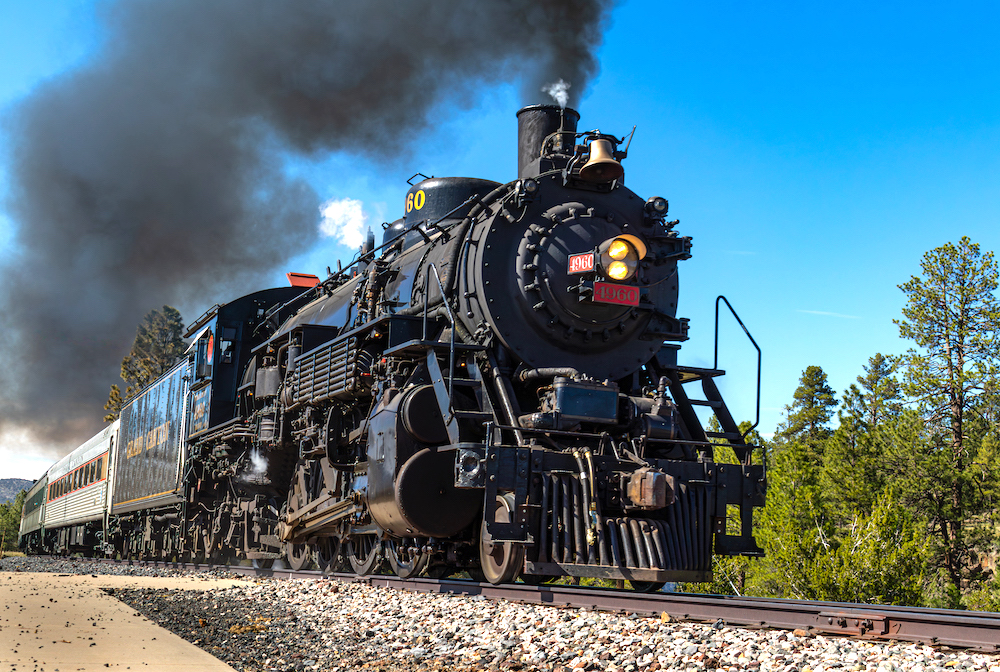
Builder: Baldwin Locomotive Works Wheel arrangement: 2-8-2 Mikado Build date: March 1923 Why it’s important: Grand Canyon Railway’s 4960 was built by Baldwin Locomotive Works for the Chicago, Burlington & Quincy. The O-1A class 2-8-2 Mikado No. 4960 was ideally suited for powering fast freight trains across Burlington’s mostly level Midwest routes. With the arrival […]
Read More…
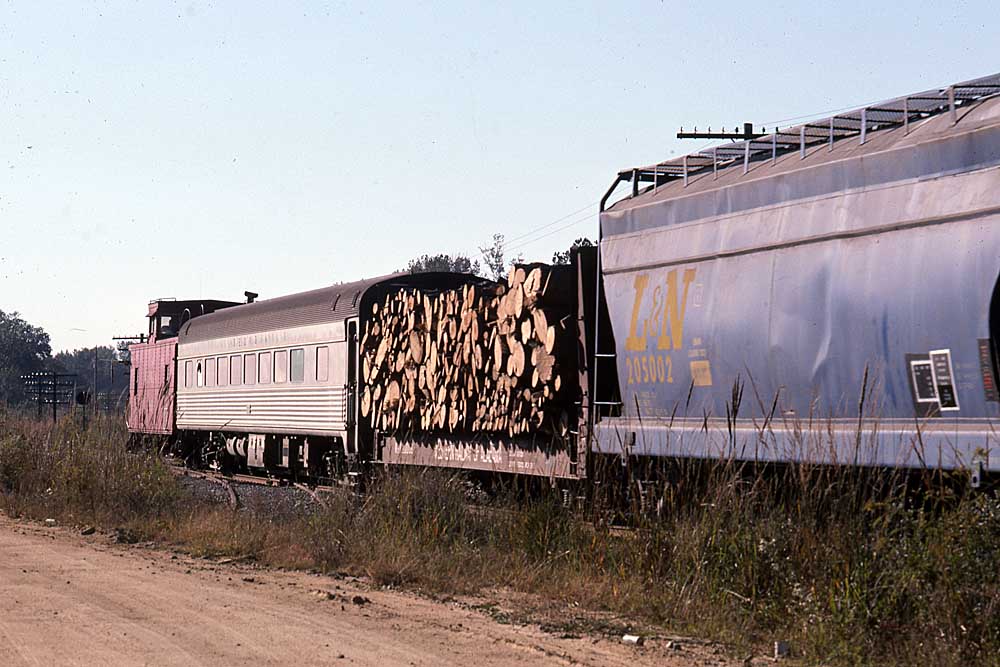
Editor’s Note: Former Classic Trains Senior Editor J. David Ingles rode the Georgia Railroad mixed train with his wife, Carol, on Oct. 22, 1975. Wednesday morning was dawning clear but crisp as we left the motel, and our taxi driver had no trouble making the 7-mile trip to the Harrisonville Yard “passenger station” […]
Read More…

Montreal Locomotive Works RSC24 diesel locomotives were “conceived of cannibalism.” So went a claim in the April 1977 issue of Trains. Montreal Locomotive Works had encouraged Canadian National to upgrade its older, 1,600 hp road switchers with new 12-cylinder, 251-type prime movers. Four of its 244-type prime movers were recycled into the new RSC24 […]
Read More…
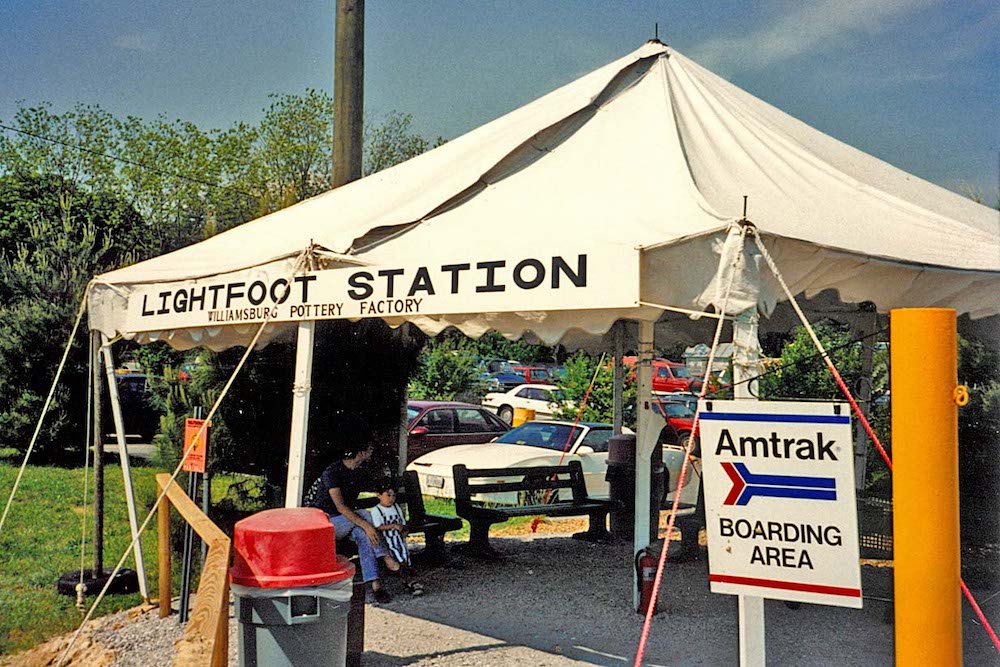
I’m heartened to see Amtrak intends to explore a 200-mph Dallas-Houston passenger rail service in cooperation with Texas Central Partners. Having driven I-45 between the two megacities, I can vouch for its clear need and likely success. Not all of Amtrak’s plans have succeeded as envisioned, unfortunately. One, in particular, comes to mind: the short-lived […]
Read More…

The caboose move As I have said before, Washington State’s Auburn Yard and Stampede Pass are my home turf. On the paternal side of the family my surname goes back to at least 1909 with two great uncles (twin brothers) working as locomotive engineers. My maternal grandfather retired in 1976 after 44 years of service […]
Read More…
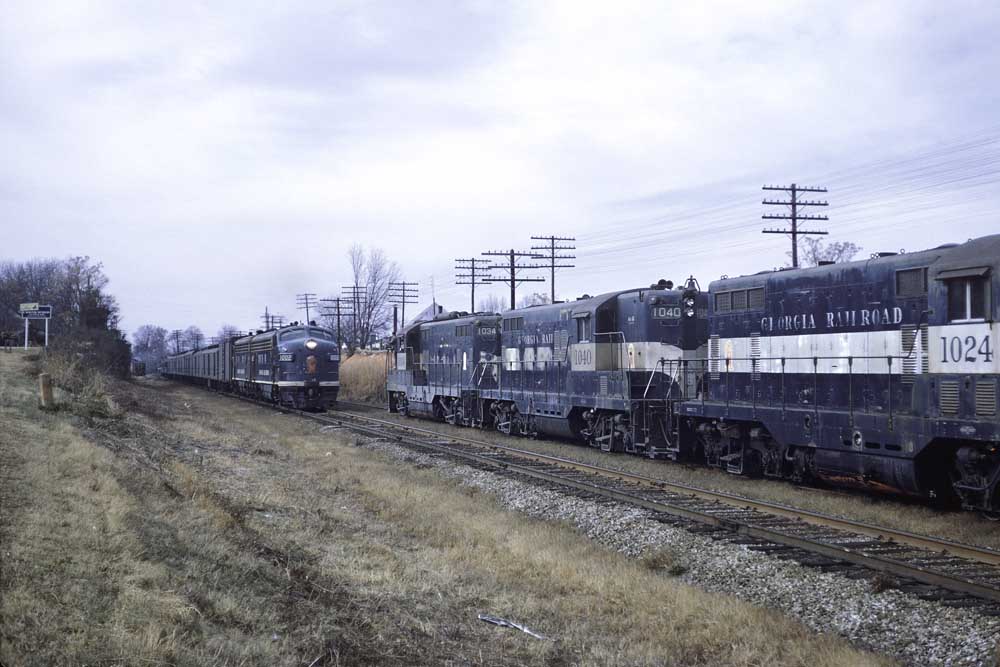
In its rich 150-year history, the Georgia Railroad was touched and torched by the rich and famous. During the process, the company morphed from a railroading pioneer and leader in the Peach State to an interesting combination of Class I and short-line operation. Started as The Georgia Railroad in 1833, the ambitious company hired […]
Read More…
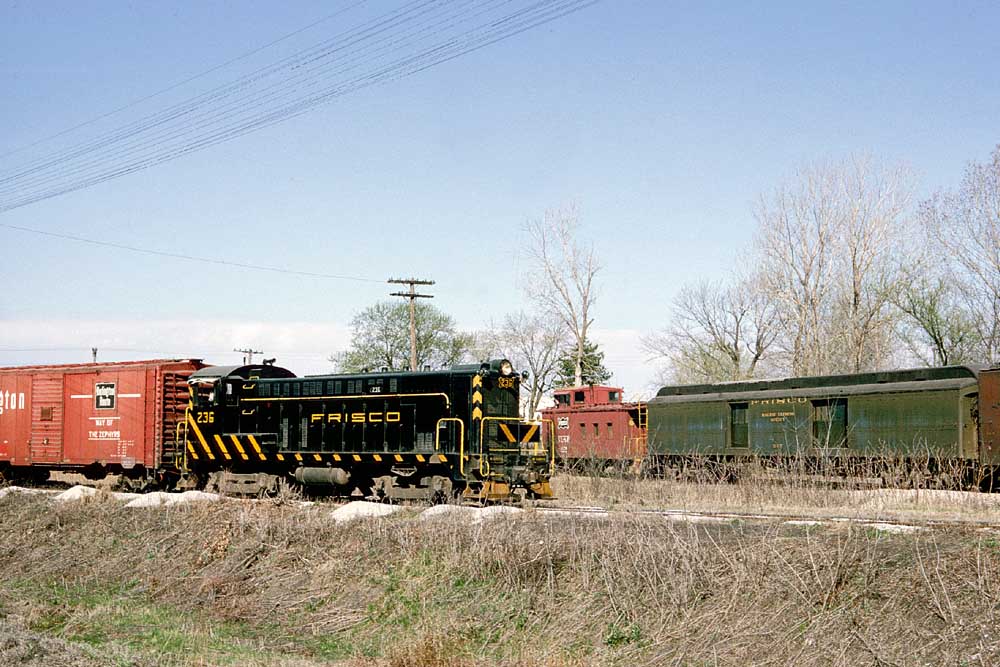
A Frisco caboose ride provided a much needed railfan break during my military assignment near Kansas City. My spirits fell when I received orders for my first U.S. Air Force permanent-duty assignment, at the Richards-Gebaur Air Force Base just south of Kansas City, Mo. I had hardly been west of the Appalachian Mountains, and […]
Read More…
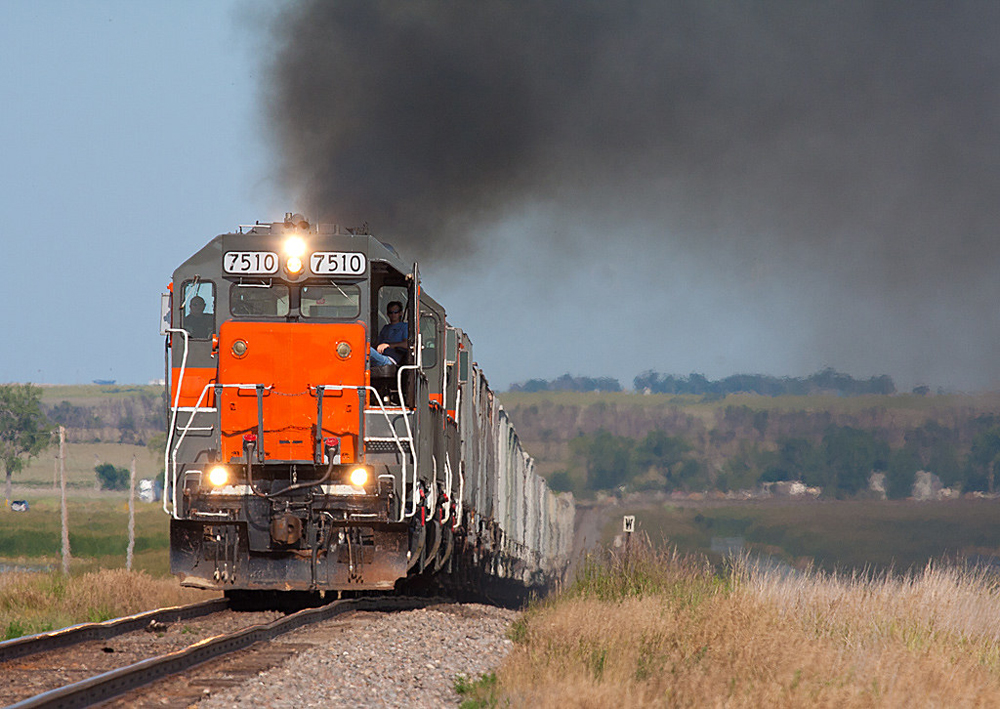
North Dakota’s corn trains When you watch a freight train pass, it will most likely be comprised of cars that have a single use, hauling a commodity to one location before returning empty to a yard or another assignment. And most freight only touches the rails once during its path from source to final customer, […]
Read More…
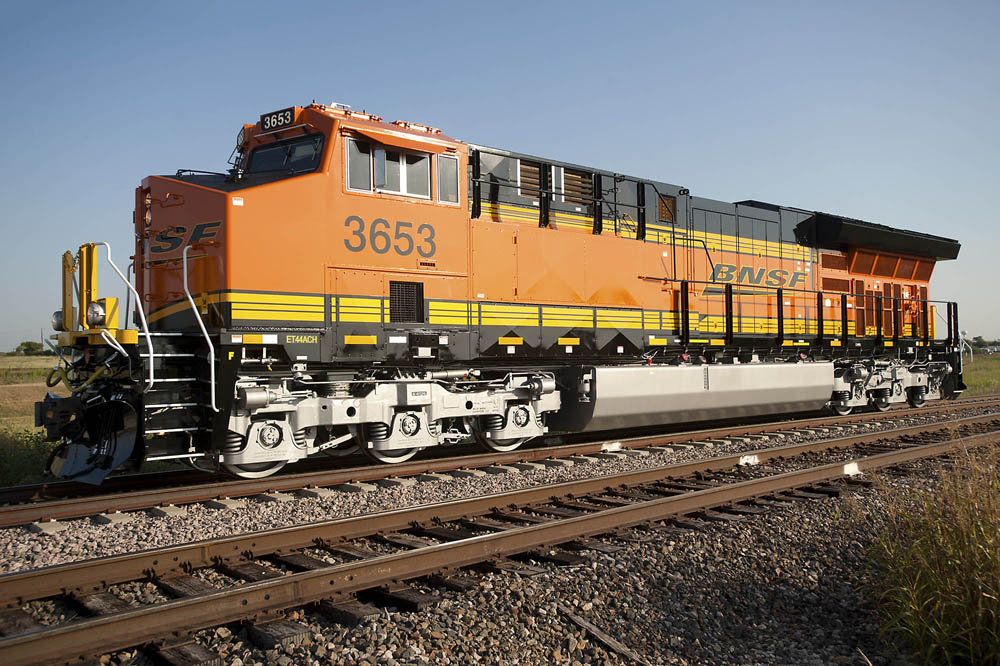
Class I locomotive It’s been three years since the railroad industry has had a new-build six-axle freight locomotive order for a Class I railroad. Precision Scheduled Railroading, a glut of stored locomotives, and the desire to rebuild instead of build, has kept railroads on the sidelines in terms of new power. Progress Rail’s last new […]
Read More…












